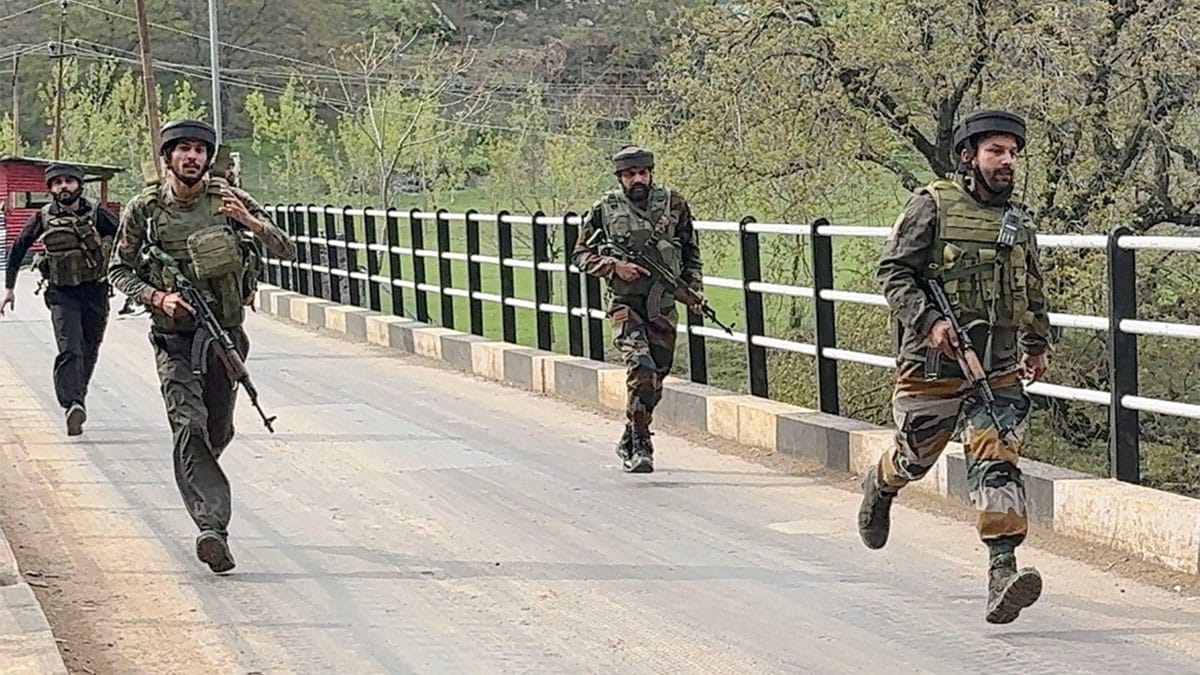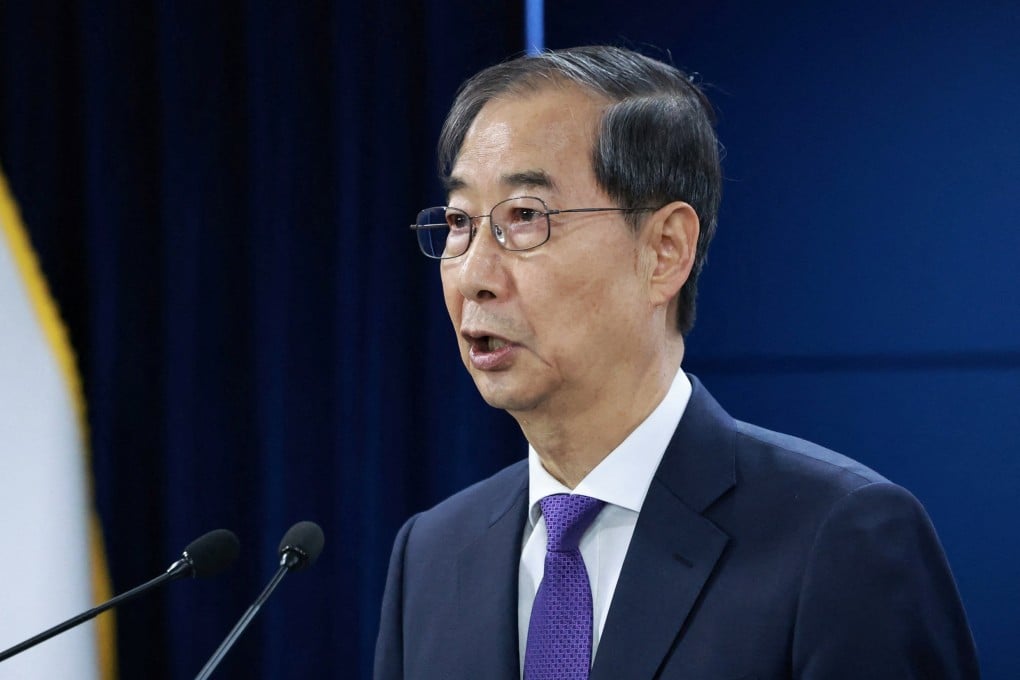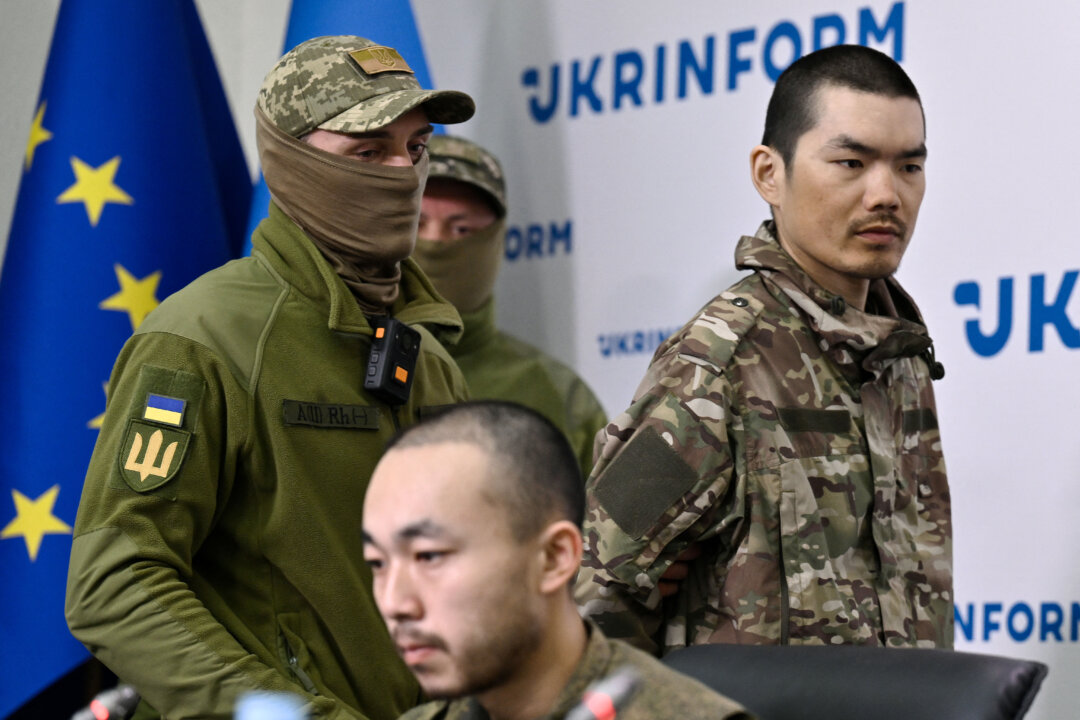As more visuals and details come in about the Pahalgam attack, public anger is growing, and with it, a demand for stern action against Pakistan. Social media warriors demand immediate action, the bloodier the better, with comments ranging from hitting army installations to an assassination campaign . Overall, however, there is agreement that matters cannot be allowed to continue as they are.
The difficulty, of course, is in deciding exactly what India can do realistically and with what precise objective. Bombing and air attacks For the first , the popular demand for an immediate bombing of terrorist and army installations to smithereens. But here’s the point.

Pakistan has learnt from Balakote and is likely to remain on an ‘alert status’, at least over the next few months. Beyond that it becomes prohibitively expensive. Radar, missiles and aircraft can’t be kept on standby forever.
So point one. It can be done, but at a time and place of our choosing. In such an attack, India could use swarm kamikaze drones to hit targets like the Lashkar headquarters near Lahore.
It could even use the stand-off BrahMos missiles. Its 290 km range can easily reach the targets which are just 50-60 odd km away from the border. But Pakistan will retaliate with its own drones – and it has many, including Chinese and Turkish .
While their munitions capability is uncertain, any such attack is an entry point for open war and subsequent escalation. That’s an expensive business. Available data based on the 1971 war costs, including subsequent inflation, is Rs 27 crore per hour .
That was in 1990, and a presumption of victory. Given the lessons of Ukraine, it could be a lot more. That’s the end of your economic trajectory, which lies at the core of strategic plans.
Hunting down the terrorists and the “unimaginable” price The question remains: what concrete actions can India take to align with the Prime Minister’s resolve to punish terrorists and their backers, pursuing them to the ’ends of the earth’ and making them pay an ‘unimaginable price’? In the first is the call to all friends to cooperate in hunting down terrorists and friends. That will come, it is certain, especially as 26/11 accused Tahawwur Rana starts talking. Then there’s the second threat.
That could include the hiving away of a large part of Pakistan-occupied Kashmir so that terror camps are shut down for good. It also gives us access to Central Asia. But that would require a clear intimation to the Chinese, given that one reason for Galwan was Chinese apprehension of the effects of Article 370 on its own slice of the original state of Kashmir.
So Beijing has to not just be confided in but may include virtually relinquishing your claim for good. It would also result possibly in a threat or a complete cut-off of the main Karakoram Highway, the lifeline of CPEC (China-Pakistan Economic Corridor). But the bottom line is this.
Keeping our Kashmir happy is difficult enough and requires security forces by the thousands. Now imagine controlling an ethnically diverse, mountainous territory. It’s simply not worth it; the larger risk is getting bogged down in a Ukraine-type war.
However, now that the Shimla Agreement has been suspended, the Line of Control turns back into a ceasefire line and is open to any amount of ‘corrections’. A thin slice of territory inwards to seal the border is highly possible that eliminates any further Kargils. But the ‘unimaginable price’? It’s already in the works.
Ending the Indus Water Treaty doesn’t mean stopping water – it can’t be done for now. What could be in the works is the delay of release, which upsets the whole sowing season, which begins at the end of April. The waters sustain 23 per cent of agricultural needs and 68 per cent of rural livelihoods.
Add to this that the Pakistan army has just taken over 45,000 acres for ‘corporate farming’ in three districts of Punjab. That’s the end of that ongoing fight between Punjab and Sindh over sharing of waters. This is far worse than war.
The last question as to our objective. That is clearly to stop Pakistan’s terrorism sponsorship once and for good. But remember that this malign activity rests on its nuclear capability.
It’s no surprise that terrorism skyrocketed after the 1998 nuclear tests. One way is a campaign to mark Pakistan as a terrorist state with crippling sanctions. China will not join that, but neither will it hurry to provide it an alternate source of financing.
A second way is to support Baloch and Pashtun insurgencies with financial support – they have enough arms and manpower – with the injunction that this aid would stop if they hit civilians. A Pakistan that loses its missile testing sites and storage facilities in Balochistan and its uranium mines in the tribal areas would be hugely weaker. That might also mean war, unless this effort includes a call to others to join in.
The blunt truth is that dialogue, offers of trade and cooperation have been rejected. Nothing has worked. Finally, study the attack itself.
The sheer brutality and the message of ‘tell Modi’, preceded by a rant from Gen Asim Munir on Balochistan, Kashmir and the two-nation theory, are all aimed at pushing India to precipitate action. What Delhi has done so far is to resist this, even while putting a stranglehold on Pakistan’s very survival. Water is the key, and Pakistan knows it.
Those crying about a 64-year-old treaty that held, as against 70 years of terror, had better know that India held to the treaty even after the Pulwama attacks, even sharing data. Apparently the language of decency doesn’t work. Time to take the other road.
The writer is a Distinguished Fellow at the Institute of Peace and Conflict Studies, New Delhi. She tweets @kartha_tara. Views expressed in the above piece are personal and solely those of the author.
They do not necessarily reflect Firstpost’s views..
Politics

Strike or strategise: India options between escalation and endgame

The sheer brutality and the message of ‘tell Modi’, preceded by a rant from Gen Asim Munir on Balochistan, Kashmir and the two-nation theory, are all aimed at pushing India to precipitate action; however, India must relook at its objectives and strategies before finalising any action















